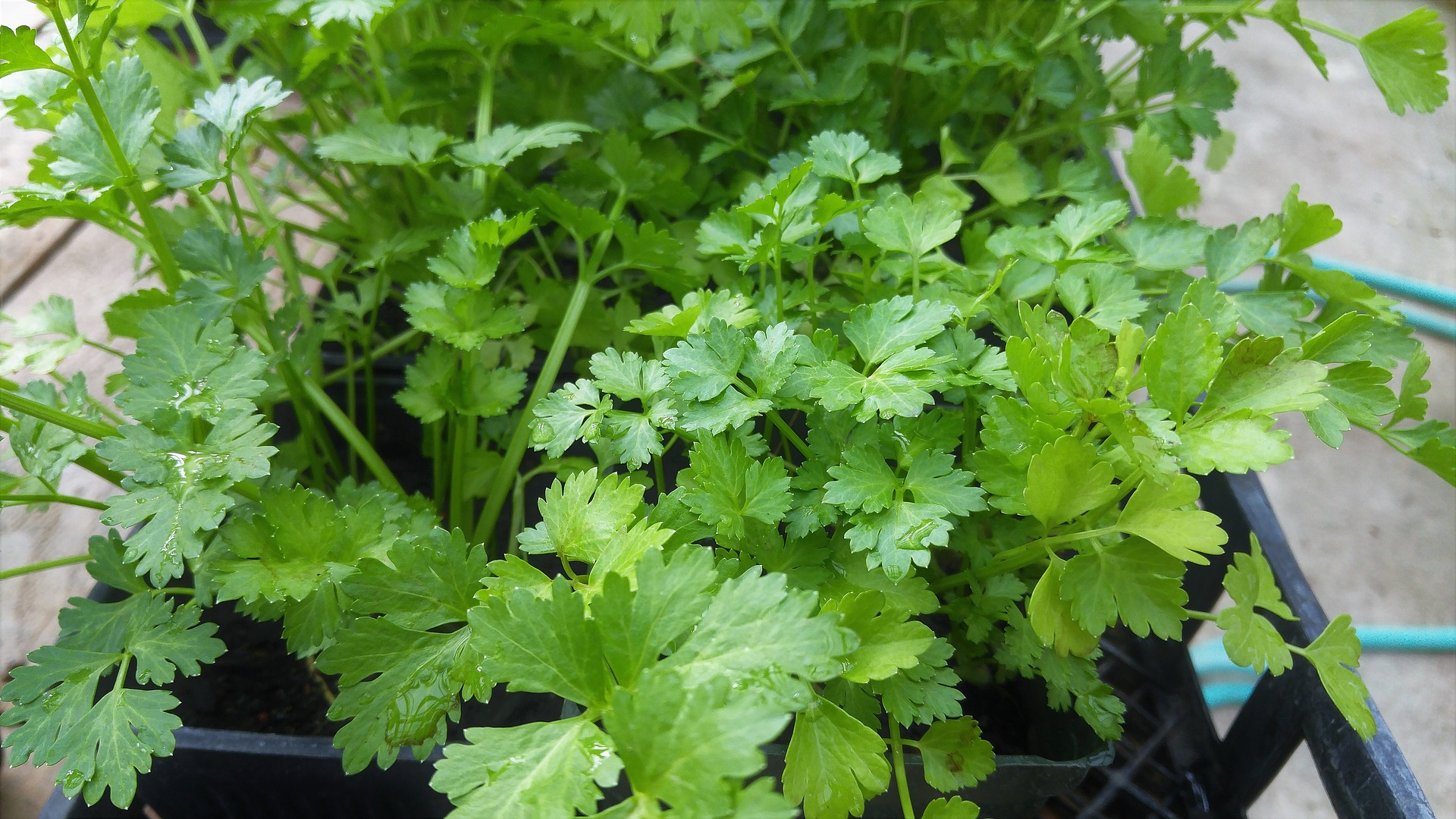I’m one of those people who thinks cilantro tastes like soap.
But we don’t discriminate here at ErinNudi.com, and I refuse to hate on any herb. Cilantro is undoubtedly a popular one I often see come up in recipes, so let’s check it out.
Cilantro by definition refers to the leaves of the coriander plant; coriander seeds are a spice in and of themselves. Although coriander really refers to the entire plant, for consistency’s sake here we’ll consider the herb we’re talking about to be cilantro.
Origin:
Cilantro hails from Southern Europe and the Middle East. Both The Spice and Herb Bible and the New Herb Bible mention cilantro being mentioned in (the real) bible.
Reportedly, both the leaves and seeds have been used in India and China for thousands of years. Cilantro was particularly popular during the Elizabethan times in England.
Medicinal usage:
Cilantro holds strong digestive properties. It has been known to stimulate the appetite, and can also be used to mask unpleasant odors in other medicines.
Growing cilantro:
- Is easy to grow from seed.
- Prefers light, well-drained soil.
- Likes full sun (or a little shade if you’re in a hot climate).
- Ideally likes fairly cool, but sunny, growing conditions.
Drying cilantro:
Cilantro does not dry well, and is not popular, because the leaves lose their aroma when dried. Cilantro can be kept fresh for several days in the kitchen, though, if placed in water with the roots in tact.
Freezing cilantro:
Like parsley, cilantro can be cut up and placed in oil in ice cubes to freeze, or whole sprigs can be frozen in Ziploc freezer bags.
Food cilantro compliments:
- Avocados, corn, chilis, tomatoes
- Poultry
- Seafood
- Salsas
- Stir-fries
- Salads (especially Asian salads)
Cilantro is used in Mexican, Indian, Asian, Middle Eastern, and Peruvian cuisines. It should be added at the end of cooking for optimal flavor.
